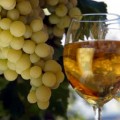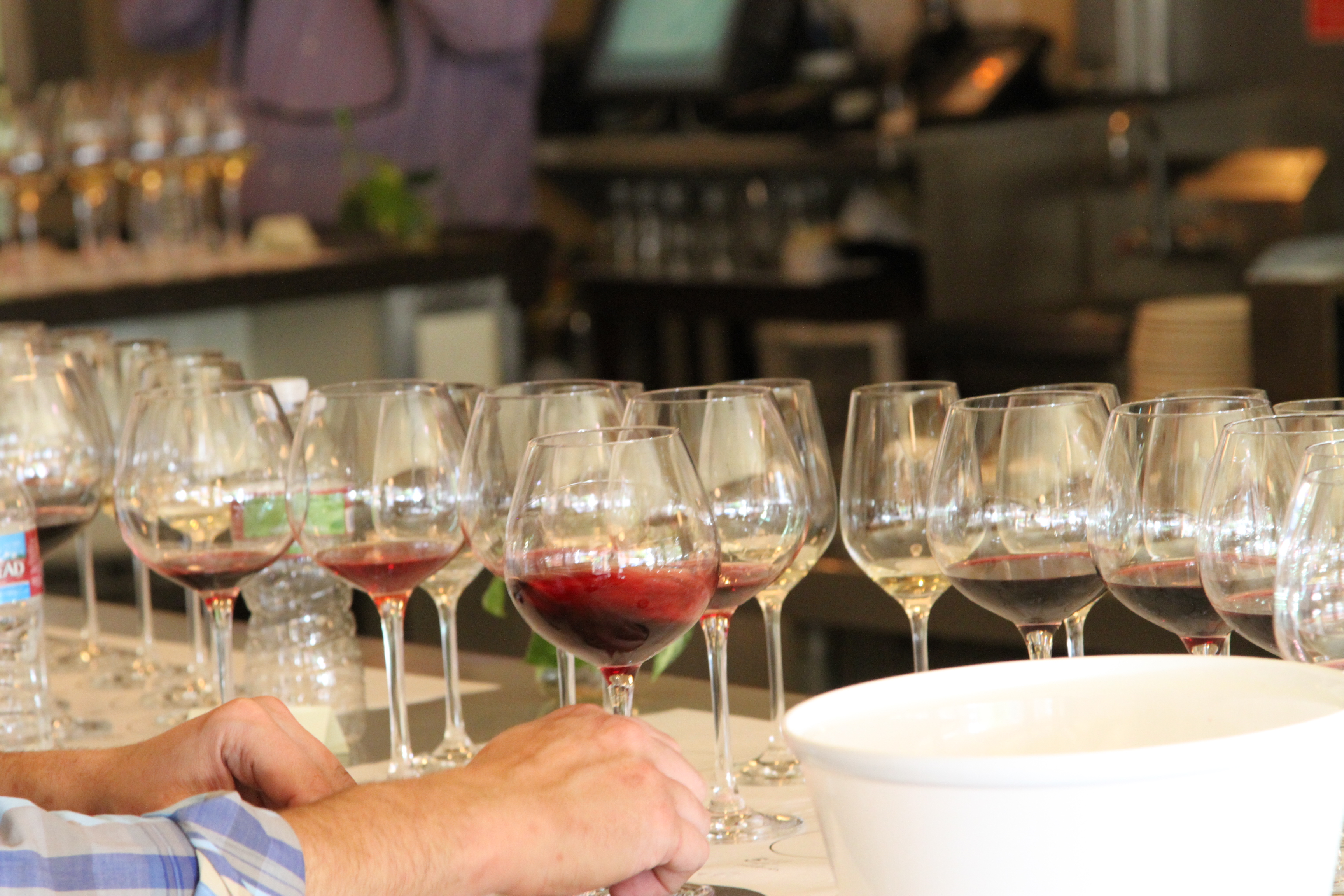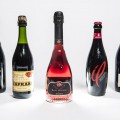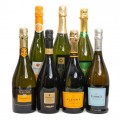Old World Heritage – Bordeaux . . . by Joel Mann
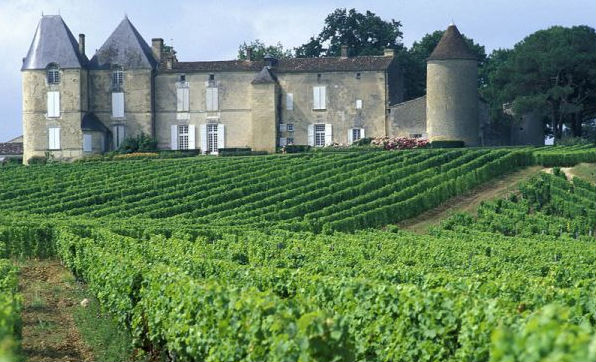
When one talks about winemaking in locations such as the United States, Australia and New Zealand, South American, or South Africa, those locations are called the new world. They’re the regions which developed winemaking traditions as European settlers ventured around the globe with grape vine cuttings in hand to stake their own piece of land that reminded them of back home. A poor immigrant had little hope of becoming landed vineyard owners in their native France, Italy, Germany, etc. But wide open frontiers in other places didn’t come with titles, family crests, and other barriers to that dream. A common element of new world vineyards though is their relation to old world tradition.
Talk to a winemaker in Napa and ask what grapes they grow, or the style of their wines, and you’re more often likely to hear the words Bordeaux, Rhône, or Burgundy as much as Cabernet Sauvignon, Syrah, or Pinot Noir. The reason is, most grapes in the wine world come from long established European vineyard regions that have grown certain grape varieties for centuries to millennia. Those regions are known for the styles of wine they produce as much as the grapes they use to make them. It’s the main reason why Europe still refers to wines by regional names. Pinot Noir and Burgundy for example are simply synonymous with each other, having been together since long before even the oldest present day resident can recall. One of those old world heritage regions is the French river valley of Bordeaux. It’s the home to the modern day king of red wine grapes – Cabernet Sauvignon. It’s a region of varied wine styles and nuance, with numerous appellations, each having its own character. I wanted to begin an exploration of one the wine world’s most celebrated and recognized places – Bordeaux, France.
The Bordeaux region is named after the city of Bordeaux, which sits on the southern bank of the Garonne River in the southwest of France. The region covers around 315,000 acres of vineyard land and produces some 700 million bottles of wine each year. Going west to east, the vineyard plantings begin on the southern shores of the Gironde Estuary just as it tucks inland from the Atlantic Ocean. Vineyard land starts covering the northern shores beginning around the small town of Blaye. The Gironde Estuary narrows and splits into the Dordogne River to the north and Garonne River to the south. Vineyards follow the banks of each river roughly to Bergerac on the Dordogne and Marmande along the Garonne. The region has 57 recognized appellations under the French AOC classification system with around 13,000 growers producing wine grapes.
The history of wine in Bordeaux dates back to the 1st century with the introduction of vines by the Roman Empire. For much of its early history, wine was produced simply for local consumption. Trade increased, as did vineyard plantings, in the 12th century following the marriage of Henry Plantagenet and Aliénor d’Aquitaine, establishing regular trade in Bordeaux wines as the region was under English control following the marriage. Despite numerous wars between the French and English, the wine trade continued with the only major disruption being the Hundred Years’ War starting in 1337. By 1453, the region was firmly back in French control and trade resumed.
A major period of growth occurred in the 17th century when Dutch traders drained many of the marshland areas in the region and planted vines through what is now primarily the Médoc subregion. Vineyard plantings began to cover such a large area during this period that the producers began dividing into, and labeling themselves, as smaller subregions, which carries over to present day. It was during the latter part of this era that Napoléon III commissioned the Classification of 1855 for the Exposition Universelle de Paris. The classification ranked 60 châteaux from the Médoc along with Château Haut-Brion from Graves for red wines, as well as 26 châteaux from Sauternes and Barsac for sweet white wines, along a classification system from Premiers Cru (1st growths) to Cinquièmes Cru (5th growths). The only major change to the classification since has been the elevation of Château Mouton Rothschild from a Deuxième Cru to a Premier Cru in 1973 after intense lobbying from the powerful Baron Philippe de Rothschild.
Next month, I’ll continue with more details and look at the grapes that make Bordeaux famous, as well as the key appellation regions to know when shopping for Bordeaux wines. Drink responsibly.

